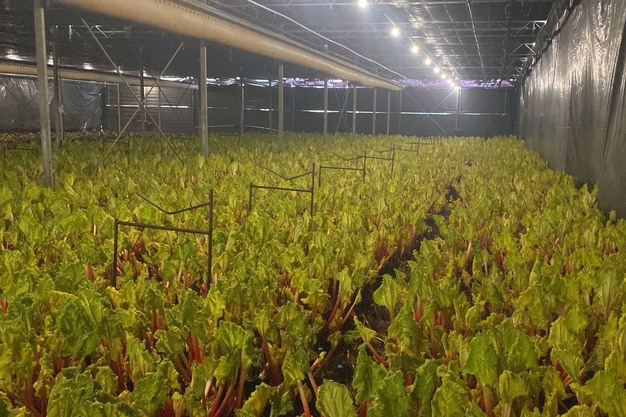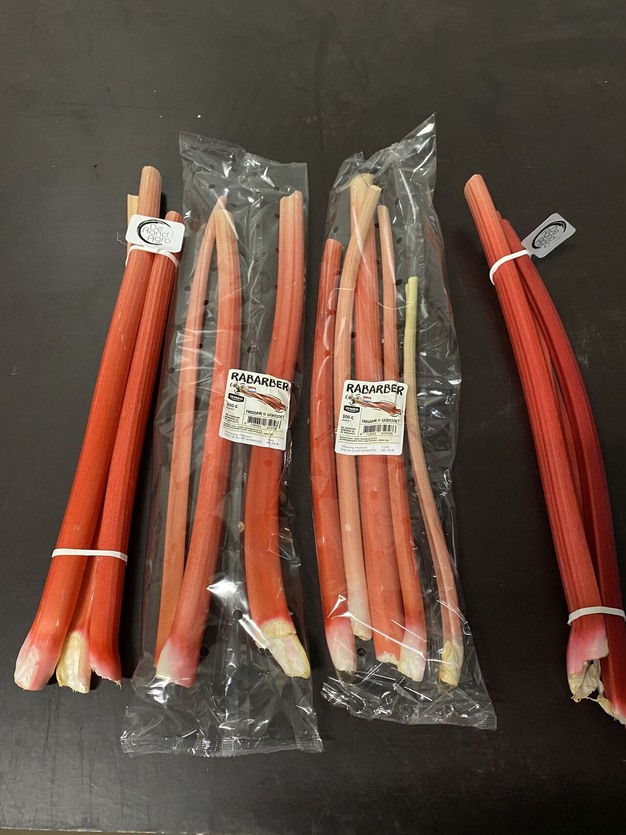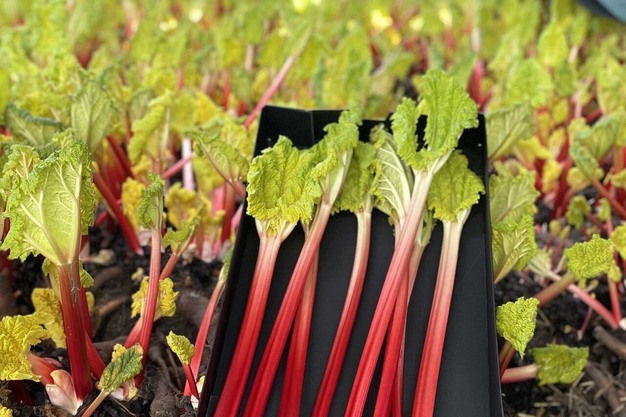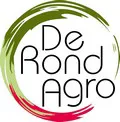Since the beginning of October, De Rond Agro has resumed its forced greenhouse rhubarb season. The company, based in Hoeven, Brabant, supplies rhubarb almost year-round, transitioning seamlessly from the summer season to greenhouse production. "So far, things are going well. With Thanksgiving coming up in the United States on Thursday, demand typically peaks around this time," says Rob de Rond of De Rond Agro.

Easing into the new season quietly wasn't an option this year. "We began in early October, and the market was completely empty. There was virtually no supply, neither in the Netherlands nor in England, apart from a small amount. Retail programs, which we supply through The Greenery, started strong. This was also reflected in spot market trading, with prices reaching unprecedented levels—so high, in fact, that it wasn't sustainable. It was extremely expensive, and yet, buyers paid those prices," Rob explains.
"The frenzy lasted for about a week and a half," he continues. "But eventually, even gold becomes too expensive. Demand eased, and the sky-high prices were no longer viable. Things have now normalized somewhat, though prices remain relatively high. Demand is steady, which is a better scenario overall—when prices are too high, no one benefits. Customers who are usually active buyers often hold off until prices drop to a more reasonable level. Rhubarb isn't a staple like apples or pears; when it becomes too expensive, people look for alternatives."
 Thanksgiving rush, but no more Christmas surge
Thanksgiving rush, but no more Christmas surge
Currently, the market has settled into a stable rhythm, with a small surge ahead of Thanksgiving. "We see a brief peak before Thanksgiving in the U.S., with strong sales the week prior. We try to capitalize on this by increasing production slightly during this period, even if it means scaling back afterward," Rob explains. However, this boost doesn't carry over to Christmas as it once did. "The Christmas peak has diminished in recent years. I remember when I was younger, we'd still be harvesting on Christmas Eve if demand was high. Nowadays, orders are more organized and placed well in advance. The chaos of past years is no longer there."
Rob is pleased with the harvest so far. "There appears to be less rhubarb on the market overall, but not necessarily from us. There are noticeable variations in planting yields—some are average or below, while others exceed expectations. Fortunately, we've managed to meet all orders and keep our customers happy. The quality has been good, though the stalks are slightly thinner this year, which means more sorting on our end. This is likely due to the challenging weather conditions in autumn 2023 and spring 2024. However, as the season progresses, the rhubarb is improving—straighter and more visually appealing. We're optimistic about the months ahead."
Transitioning to fixed supply lines
In addition to rhubarb, De Rond Agro is wrapping up its cauliflower season. "That's coming to an end; we'll likely continue for another two weeks. Many customers have already switched to fixed supply lines with Spanish or French products, which are readily available. Earlier, we thought there might be supply issues due to the storm in Spain, but so far, the situation with cauliflower seems stable," Rob notes.

"Overall, trade is moving increasingly toward fixed supply lines. In the Netherlands, we grow cauliflower relatively late, and our role becomes filling gaps in the market. However, wholesalers and retailers now rely on established programs with Spanish products during the winter, leaving us to cover smaller needs. This trend is also noticeable in rhubarb. Buyers prefer security over speculative day trading, likely due to concerns about product availability. Price becomes secondary as the priority shifts to ensuring consistent supply. This trend is evident in early Christmas orders as well, with fewer impulse purchases compared to previous years."
For more info:
Rob de Rond
De Rond Agro
Gors 127
4741 TC Hoeven
Tel: +31 (0)165 312314
[email protected]
www.derondagro.nl
